Edgar Degas (1834-1917).
“The Chorus Singers”, 1877.
The painting is thought to be worth nearly $1 million.
More information HERE.


Edgar Degas (1834-1917).
“The Chorus Singers”, 1877.
The painting is thought to be worth nearly $1 million.
More information HERE.


The painting was part of a vast art collection owned by prominent banker James von Bleichroeder (photo above, in 1908). One of the most prominent paintings in their collection was “The Raising of Lazarus,” (below) a famous work by an unknown German artist.
Read the article HERE.

If you want to know more about the artists click on their names.


















































In 2009 the Museum Kunst der Westküste, a small, fine house that has been presenting German and North-West European art from 1830 to 1930 in changing exhibitions, was opened in Alkersum, a community on the North Frisian island of Föhr. On the museum’s website, you can watch a nine-minute film showing a virtual tour of the opening show eight years ago: hundreds of works including paintings by Edvard Munch, Max Beckmann, Emil Nolde and Max Liebermann.
After two and a half minutes the camera swings around an intermediate wall and shows a small painting in a gold frame. For two seconds only where you can see a woman hanging on a meadow pink and lilac-colored clothes on a leash. The breeze winds the colorful fabrics, hair and dress of the woman flutter. The picture is called “Wäsche trocknen – Bleiche“; Max Liebermann painted it in 1890.
9000 kilometers west from the small Frisian island of Föhr, Mitchell Ostwald almost stopped his heart when, a few days ago, he watched the film from the museum on his computer. He pressed the pause button at minute 2:30 and stared disbelievingly at the screen for minutes. “Then I realized: we finally found it,” he says. “Our painting.”
The Liebermann picture belonged to the Jewish art collector Moritz Ury, the great-grandfather of Mitchell Ostwald. Together with his wife Selma, Ury had to flee from Nazi Germany to Switzerland in 1937. He was not allowed to take his art collection, the Gestapo confiscated the works and auctioned it in 1941.
Among the sold works of art was also the Liebermann painting, whose track was lost after the auction. It was only in 2005 that it suddenly appeared in public, again at an auction. The Münchner Auktionshaus Hampel offered the work for an estimate of 225,000 euros. The former owner of the Hertie department store chain and art collector Hans-Georg Karg, who had died in 2003, had acquired the Liebermann painting in the 1980s. Whether he knew at the time that it was a Nazi robbery we don’t know. When the controversial provenance of the painting became known in the same year, the Liebermann painting was withdrawn from the auction. The picture disappeared again.
The painting was seen the picture in the museum on Föhr a few years ago, she wrote, and the film on the museum’s website then removed all doubts.
Museum director Ulrike Wolff-Thomsen now confirms on request that the picture was a private loan that was not owned by the museum. Whoever had lent it to the museum at the time, she does not want to say. “However, the private owner, who has acquired the Liebermann painting was informed about the facts you have described and is already working with his legal representative in a fair and fair procedure,” Ulrike Wolff-Thomsen said.
Although Mitchell Ostwald has not received any news from the current owner of the picture, the announcement by the museum owner gives him hope. “I am very happy that after all the years of silence, there is finally a trace to the painting,” says Ostwald. “Now I’m looking forward to finding a just solution with the owner.”
More about Max Liebermann HERE.
Original article in German HERE.
. I apologize if you find some errors in the translation. My English will never be perfect.
Max Liebermann (1847-1935)
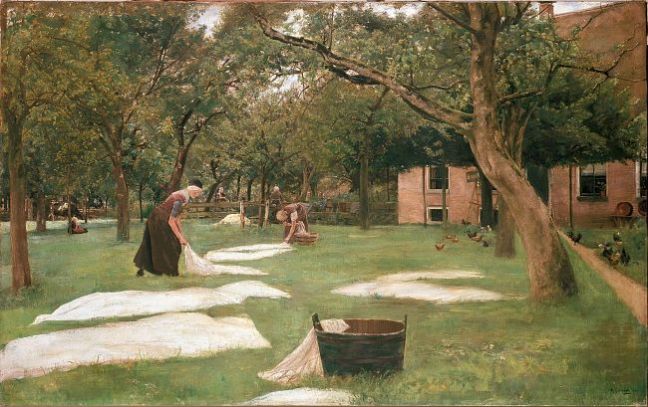




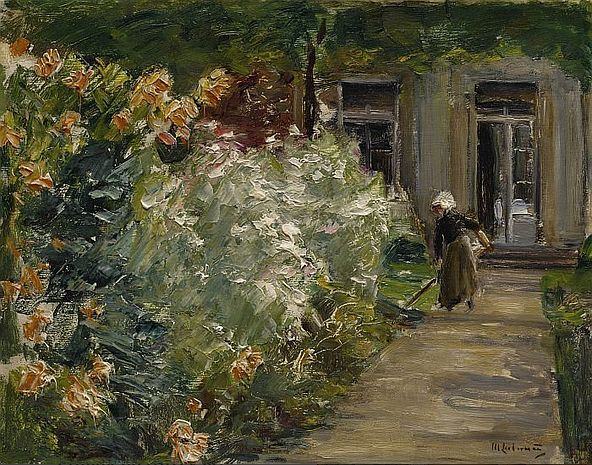









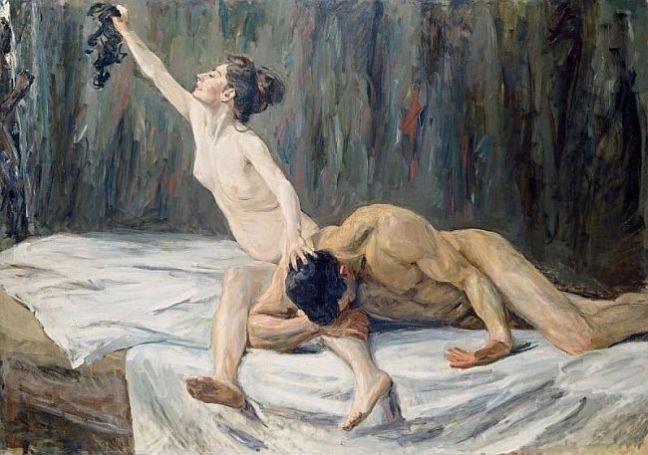

The Cleveland Museum of Art and the government of Italy announced Tuesday that the museum would return to Italy an ancient Roman marble portrait head of Drusus Minor after learning that it apparently had been stolen in 1944 from a provincial museum near Naples.
Italian archaeologists excavated the Drusus head in 1925 or 1926 in Sessa Aurunca, in the Caserta Province of Campania, Italy, about an hour’s drive north of Naples.
The museum believes the work was made after the death of Drusus in 23 A.D., when his wife, Claudia Livia Julia, known as “Livilla” or “Little Livia,” allegedly poisoned him at age 34.
Read more HERE.

The canvas “Ships in a Rough Sea” by the Dutch artist Simon de Vlieger (1601-1653) has been returned to the National Museum in Warsaw.
View full article HERE.
Armed up to their teeth, or disguised as policemen – time and again, thieves have pilfered valuable art objects and paintings.
Check out the article HERE.


The “Madonna coi santi Giovanni Evangelista e Gregorio Taumaturgo”, 1630, by Guercino (1591-1666) was stolen from an Italian church in 2014, which was recently recovered in Casablanca.

(Above, the panel before the theft; below: after).
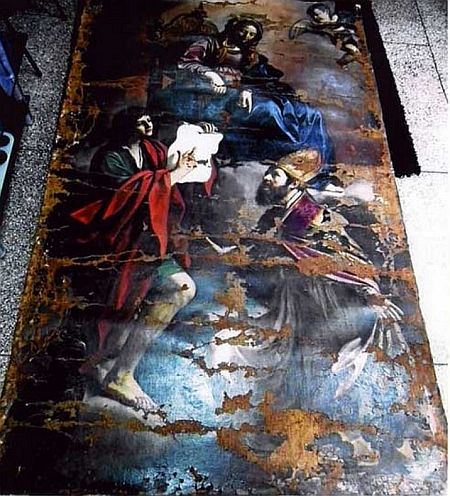
“The Tower of Blue Horses” (“Der Turm der blauen Pferde”, in German) is a 1913 Expressionist oil painting by the German artist Franz Marc. It has been called one of his best works, but went missing in 1945.

(“Der Turm der blauen Pferde”, by Franz Marc, 1913, 200cm by 193cm.)
After World War I, The Tower of Blue Horses was one of the works by Marc acquired for the new contemporary annexe of the Berlin National Gallery housed in the Kronprinzenpalais. It was removed from there as part of the “cleansing” of modern art works under the Nazis, and included in the Degenerate Art exhibition which opened in 1937 in Munich. However, in response to a protest by veterans because Marc had died fighting for his country in the war, the painting was removed and was not included in the exhibition when it opened in Berlin.
It was then transferred to Hermann Goering’s custody as part of a select group of valuable modernist paintings which also included two other works by Marc. Goering sold at least some of these at a considerable profit, but appears not to have sold The Tower of Blue Horses, which went missing at war’s end.
Edwin Redslob, an art historian who became Rector of the Free University of Berlin, wrote in 1977 that he had seen the painting in the Haus am Waldsee in Zehlendorf, Berlin, while still under Soviet occupation.
Other statements and theories about the fate of the painting that have been published include its having been destroyed at Carinhall when Goering had the house blown up as the Russians advanced towards it in 1945, its having been in the Prussian Chamber of Deputies, and its being in Switzerland, most likely in a bank safe in Zurich.
In 2001, the German Expressionist collector Jan Ahlers said that he had been offered the painting for sale, although he never showed the work.
More about Franz Marc HERE.

Hundreds of artworks that were hidden for decades by Cornelius Gurlitt, the son of a Nazi-era art dealer, will at last go on view beginning in November, in exhibitions in Bern and Bonn.
The collection was amassed by Mr. Gurlitt’s father, Hildebrand, and was concealed until the autumn of 2013, when the weekly magazine Focus reported that the authorities had stumbled on it during a tax investigation.
View full article HERE.
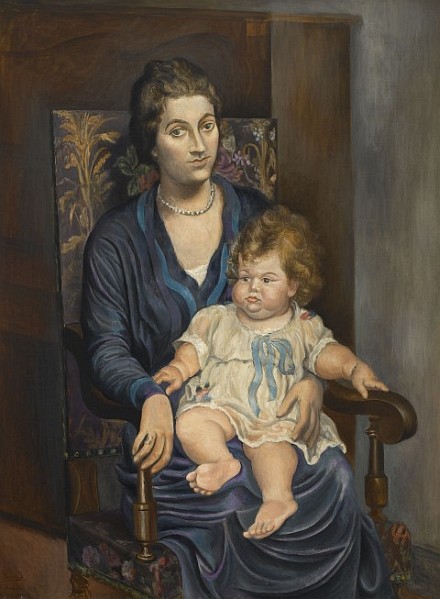
Pablo Picasso, “Portrait de Madame Rosenberg et sa fille,” 1918.
“For the first time, I understood what my grandparents and my parents used to say about the 1930s. This is not to say we live in the same kind of moment. It’s different. But I feel I am also facing a world that all of a sudden seems totally foreign — and a world that disdains culture.” (Anne Sinclair, Paul Rosenberg’s granddaughter).

Paul Rosenberg shows a Renoir canvas to writer Somerset Maugham.
More about the exhibition HERE.
Sergei Ivanovich Shchukin (1854 – 1936) was a Russian businessman who became an art collector, mainly of French Impressionist and Post-Impressionist art.
After the 1917 Revolution, the government appropriated his collection while Shchukin escaped to Paris, where he died in 1936.
Below, a 1914 photograph of Sergei Shchukin’s cabinet at home, called the Picasso Room, which was crowded with almost 50 Picassos.

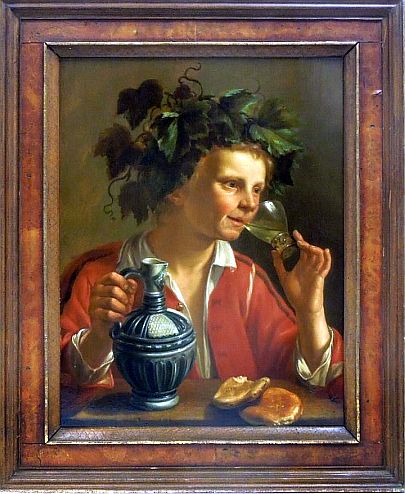
The FBI returned a Nazi-looted painting to officials of the Montreal-based foundation named for the German Jewish art dealer whose gallery once owned it.
The painting “Young Man as Bacchus”, by Jan Franse Verzijl (1599-1647), was the latest tracked down since 2002 as part of the Max Stern Art Restitution Project. Stern, who died in 1987, saw scores of artworks confiscated and sold off by the Nazis from his gallery in Düsseldorf before he fled to Canada in the mid-1930s.
View full article HERE.